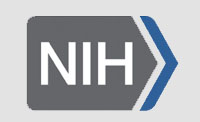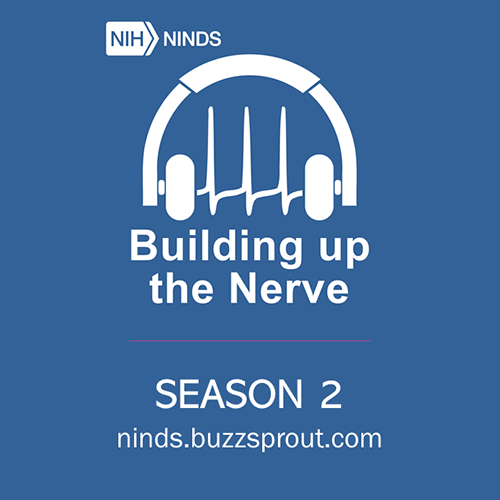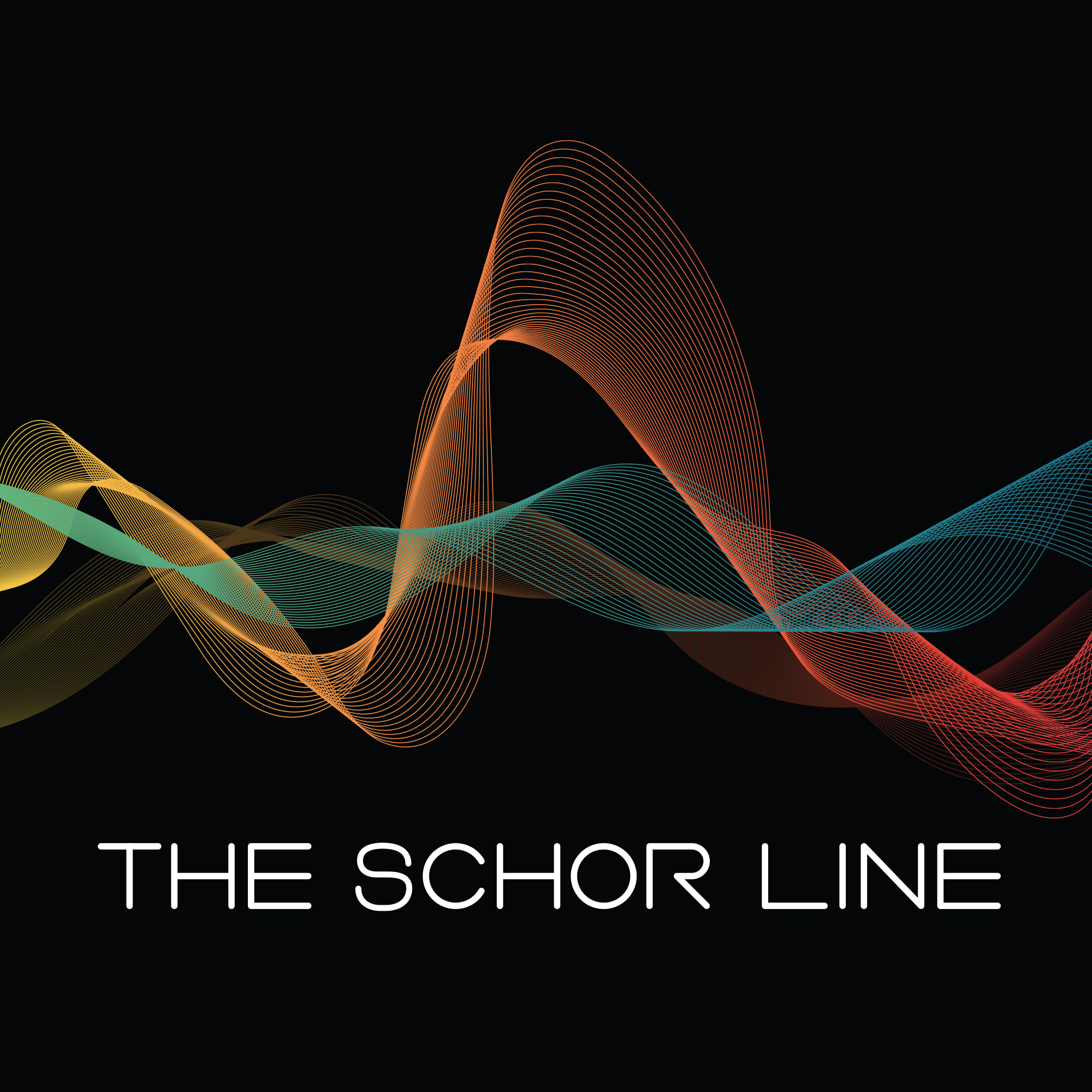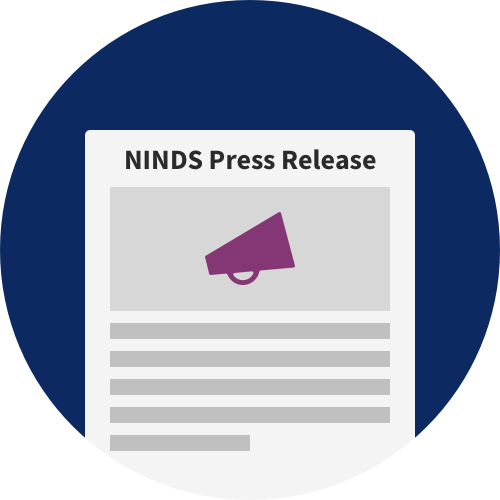COVID-19 is an emerging, rapidly evolving situation.
Get the latest public health information from CDC: https://www.coronavirus.gov
Get the latest research information from NIH: https://www.nih.gov/coronavirus
NIH staff guidance on coronavirus (NIH Only)
You are here
Funding Types: Know the Differences
Funding Types: Know the Differences
Knowing the differences between the different types of grants (assistance) and contracts (acquisition) funding mechanisms available through NINDS can save you time and effort.You also may want to familiarize yourself with training and career awards, and about loan repayment programs. Aside from knowing the differences between these funding vehicles, it is suggested that potential grantees read "Apply for a Grant" on the National Institute of Allergy and Infectious Diseases website, and the NIH Application Guide; those interested in contracts should read Research and Development Contract Process (pdf, 47kb). The following is a list of the most common funding vehicles in which applications and proposals are accepted at NINDS.
Internships
The Summer Program in the Neurological Sciences offers a unique opportunity for academically talented high school, undergraduate, graduate, and medical students to receive first-rate training in neuroscience research. Students get hands-on experience working with leading scientists in the Institute's Division of Intramural Research, the "in-house" research component of the NINDS. NINDS Labs are located in Bethesda, Rockville and Cape Cod, Massachusetts.
Grants
Parent Announcements (For Unsolicited or Investigator-Initiated Applications)
Parent announcements are broad funding opportunity announcements allowing applicants to submit investigator-initiated applications for specific activity codes. They are open for up to 3 years and use standard due dates. Find out more about parent announcements.
- Request for Applications (RFA)
Requests for Applications (RFAs) are typically one-time solicitations for grant applications addressing a defined research topic. Each RFA specifies the scope and objectives of the research to be proposed; application requirements and procedures; and the review criteria to be applied in the evaluation of applications submitted in response to the RFA. Although there are exceptions, these types of solicitations offer only one Application Receipt Date.
- Program Announcements (PA)
A Program Announcement (PA) is used by the institute to announce its interest in building or enhancing its research program in a particular area. The PA typically is an ongoing solicitation, accepting applications for multiple receipt dates, for up to three years. The PA specifies the scope and objectives of the research of interest, application requirements and procedures, and review criteria to be applied. There are two variations of the standard PA, a Program Announcement with Set-Aside Funds (PAS) and a Program Announcement Reviewed by an Institution (PAR)
- PAS Mechanism
A PAS is a program announcement with a specific dollar amount set aside by the Institute to fund select applications that receive a score beyond the payline. Set-aside funds will be distributed across the duration of the PAS.
- PAR Mechanism
A PAR is a program announcement whose applications will be reviewed by the Institute, rather than the NIH Center for Scientific Review.
- Notices
Notices are announcements published in the NIH Guide which provide policy or other information relevant to funding. The availability of supplemental funding for current grantees is sometimes announced through a notice.
Contracts
- Notices
Many types of "notices" are used in the contract process. Notices are used to: initiate advance acquisition planning and facilitate market research; disseminate information on the availability of new contract opportunities; notify the public of modifications/additions under existing contracts for additional supplies/services; announce subcontracting opportunities and contract awards.
All contact opportunities are published on the Federal Business Opportunities (FedBizOpps) website. This website is the government-wide point of entry (GPE) and is the primary location for the government to publish contract opportunities.
Our competitive proposed contract opportunities are also listed in the NIH Guide to Grants and Contracts (NIH Guide). The NIH Guide is distributed free of charge to organizations which request inclusion on the mailing list.
The following are contract notices primarily used by the NINDS:
- Pre-Solicitation Notices
- Request for Information (RFI) - used for market research purposes and for the exchange of information with industry prior to receipt of proposals. RFI's are used as one means of obtaining and collecting information about capabilities within the market to satisfy our contract needs. The results of market research help identify sources potentially capable of satisfying the requirement; determine if the contract need is available as a commercial item; the extent the final product/service could be augmented by or with commercial or nondevelopmental items; and helps the Government to understand the practice and standards of the firms, businesses, organizations engaged in the industry that would respond to the requirement.
- Sources Sought (R&D Advance Notice) - used as an advance notice of an Institute's interest in potential Research & Development (R&D) programs whenever market research efforts do not produce a sufficient number of potential sources to obtain adequate competition. Sources sought notices enable potential sources to learn of R&D programs and provide organizations an opportunity to submit information that will permit evaluation of their capabilities. Sources who respond are usually added to the appropriate solicitation mailing list.
As a matter of practice, we publish both of the notices mentioned above at FedBizOpps and in the NIH Guide.
- Request for Proposals (RFP) Availability
This notice announces the pending posting and release of a RFP. RFP availability notices are published at FedBizOpps site and in the NIH Guide.
- Contract Award
This notice is used to disseminate award information on all contract actions exceeding $25,000 and those awards likely to result in the award of lower tier subcontracts. The name of the organization and dollar amount of the contract award are published. Award notices are only published at the FedBizOpps site.
- Request for Proposals (RFP)
A RFP is the Government's official solicitation document that communicates to prospective offerors, what it is the Government needs to buy/acquire, and formally invites the submission of proposals. The purpose of the RFP is to convey all information that prospective offerors need to prepare a proposal. In addition to a description of what it is the Government needs to buy, the RFP also contains various representations and certifications that are required of prospective offerors, proposed terms and conditions that would be applicable to any resultant contract, instructions on how to prepare proposals, and information as to how the Government will evaluate proposals and determine who is selected for award.
Additional Contract-related Terms and Definitions
What is meant by Acquisition?
Acquistion is the process, through the award of contracts, by which the Government acquires or obtains goods, supplies, products, or services for its direct benefit or use, or who in-turn provides these results or end products for use by non-Government parties, including the general public.
What is a Contract?
A contract is an award instrument establishing a mutually binding legal relationship between the Government (buyer) and a Contractor (seller), obligating the seller to furnish/deliver goods, supplies, or services whose functional and performance qualities are defined in the contract, and the buyer to pay for them.
What is a Research and Development Contract?
R&D contracts are awarded for specific scientific inquiry directed towards particular areas of research and development needed by the Government. R&D contracts typically involve: 1) a systematic search, specific scientific inquiry, or intensive study directed towards gaining new or fuller scientific knowledge or understanding; 2) use of knowledge and understanding gained from research, directed towards creating useful materials, devices, methods, models, or systems to meet scientific/research requirements, including procedures to accomplish novel enhancements to existing equipment and systems; 3) feasibility of disseminating or applying R&D findings to community or other group situations, e.g., establish effectiveness of health diagnosis, treatment, or prevention approaches to improve public health; or 4) the design of equipment prototypes and demonstration of processes, procedures, techniques and activities that directly support the conduct of research and development.










